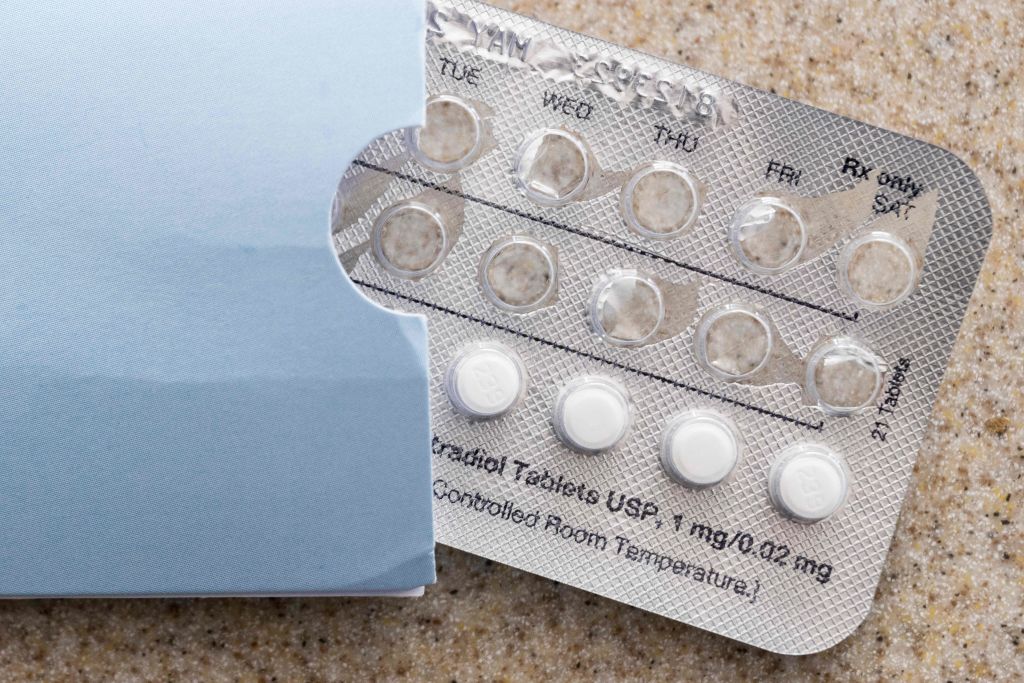Birth control may finally become available over the counter in the United States. HRA Pharma, a French drugmaker, hopes the FDA will approve its application for sale of the Opill brand after seven years of tests.
You’d think Opill was some new kind of drug, except it’s been prescribed to women for decades. “For a product that has been available for the last fifty years, that has been used safely by millions of women, we thought it was time to make it more available,” commented HRA’s chief strategy officer to the Associated Press. HRA Pharma started lobbying for OTC status in 2016 after purchasing the drug rights from Pfizer.
And HRA isn’t the only drug company playing a regulatory game of limbo. Cadence Health planned to start a trial for its drug Zena last year. “We have completed twenty-five studies in approximately 1,900 women across the country to ensure that women understand and use Zena appropriately,” said Nap Hosang, co-CEO and chief medical officer of Cadence Health, in July 2020. “Our successful completion of these studies indicates that women understand both the label and consumer information booklet, and accurately decide for themselves whether this product is right for them.” Yet the FDA ordered California-based Cadence to end the trial early due to claims it needed to check participant blood pressure more often. There were also complaints about its labeling system, according to the New York Times.
It’s been speculated that the FDA’s reticence towards Cadence involves the fact that it’s a combination pill featuring estrogen and progestin. This seems odd given that combination pills have been available via prescription since 1960 and doctors frequently prescribe them to women.
;768:[300×250,336×280,320×100];0:[300×250,320×100,320×50]”]FDA defenders claim such intense testing helps make sure only the best and safest medicines are available on the American market, while a former top FDA official commented to the New York Times that OTC settings are different than prescription-only settings. Yet it’s odd that the FDA is so concerned about birth control methods that have been successfully used since the 1960s and are widely sold over the counter in other countries, including Portugal, almost all of Central and South America, parts of eastern Europe, and most of Asia.
One major benefit of making birth control OTC is the cost. It’s expensive to get birth control in America. One woman told the Cato Institute that it was going to cost her $1,350 out of pocket for a doctor’s visit and testing before she could get her prescription. In Hong Kong, where the woman previously lived, she bought a six-month supply for less than $30! It’s an estimated $50 a month in America. Consumer Reports wrote in 2012 that buying OTC medications for allergies or heartburn saves at least $148 a month. For joint pain, it’s $265 a month cheaper versus prescription.
What’s curious are the lines that opposition to OTC birth control falls across. Catholics and some Protestants oppose the use of contraception due to the belief that it violates God’s law. There are progressives who argue that birth control shouldn’t be OTC because prescriptions should be available for free, as allowed under the Affordable Care Act.
The good news is that proponents of OTC birth control also cross party lines. Congresswoman Alexandria Ocasio-Cortez supports it, as does Senator Ted Cruz. Former Louisiana governor Bobby Jindal argued for OTC birth control in 2012. There’s also wide support in the medical community, with groups like the American Medical Association, American College of Obstetrics and Gynecology and American Academy of Family Physicians all lobbying for OTC birth control.
The FDA’s consideration of OTC birth control is a step in the right direction and one that’s a long time coming. It’s hopefully a sign of things to come as we consider whether individuals should have more control over their health care instead of government bureaucrats.
;768:[300×250,336×280,320×100];0:[300×250,320×100,320×50]”]
























